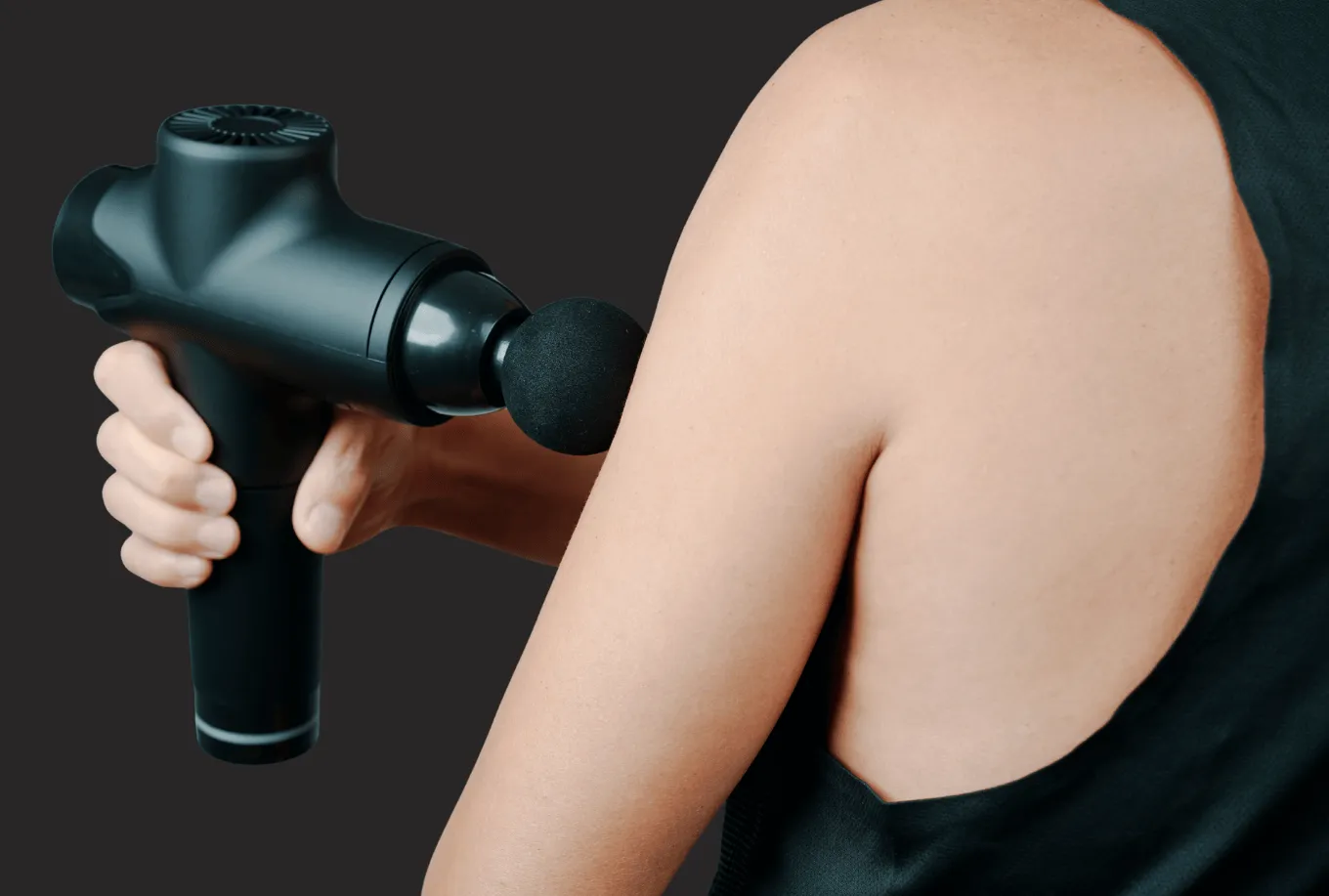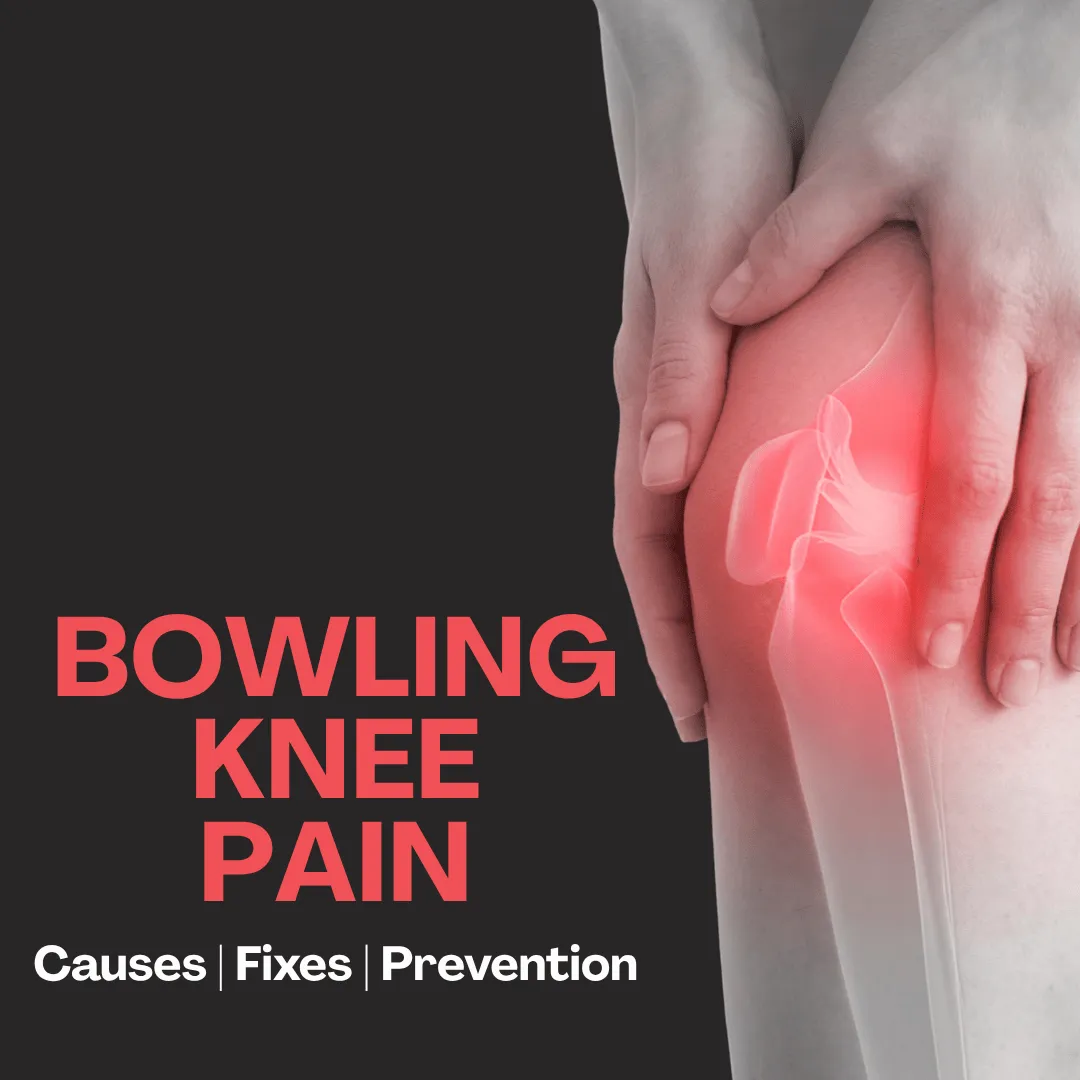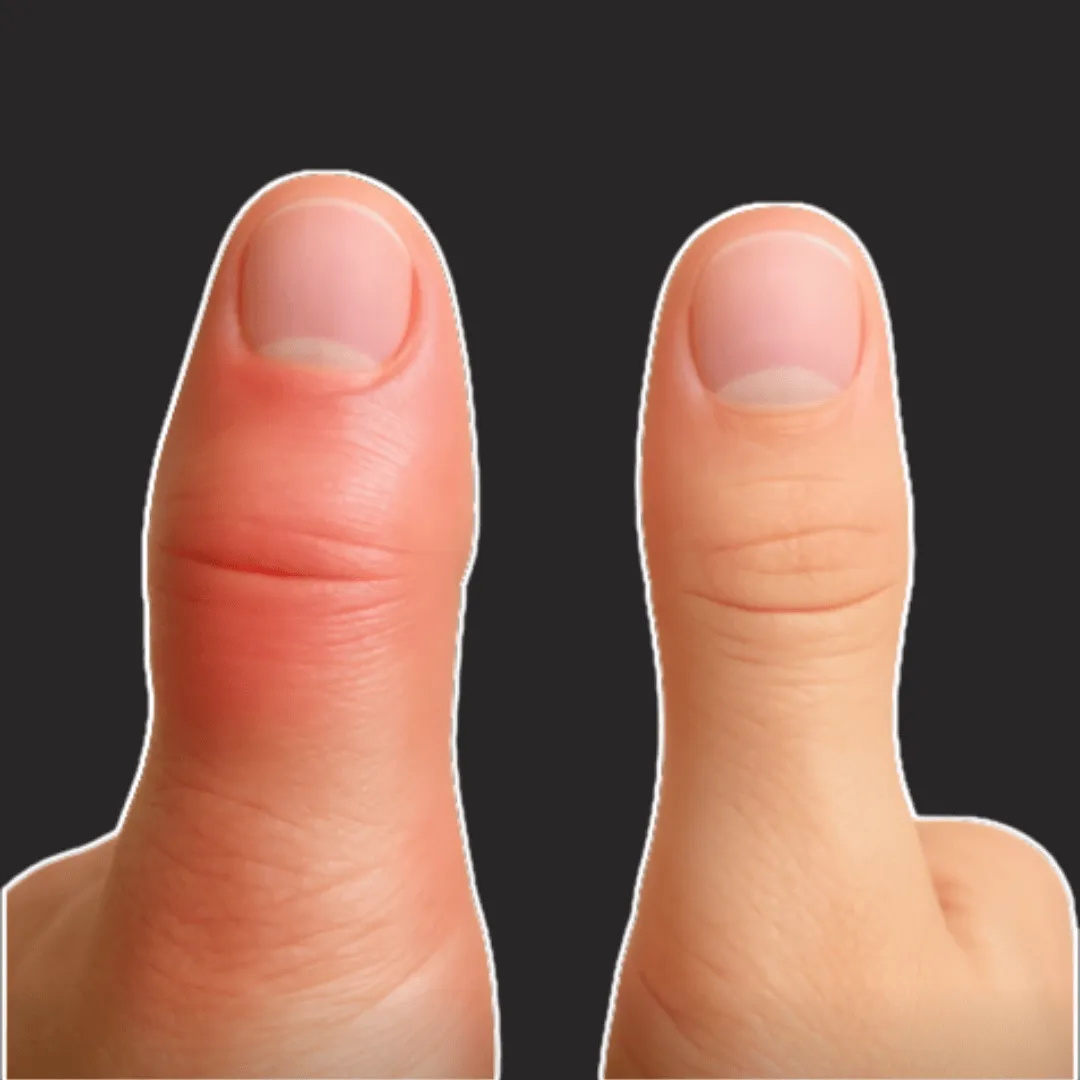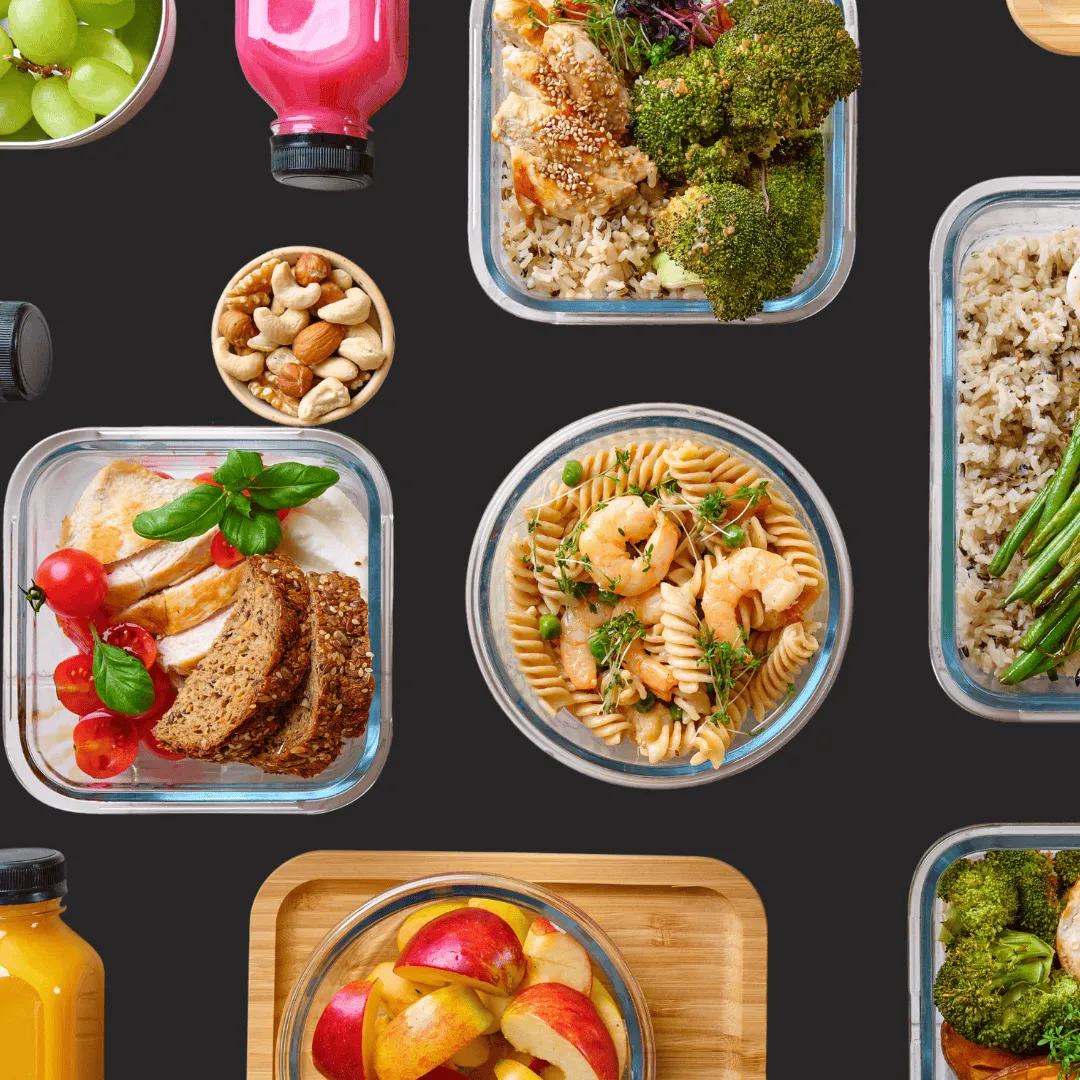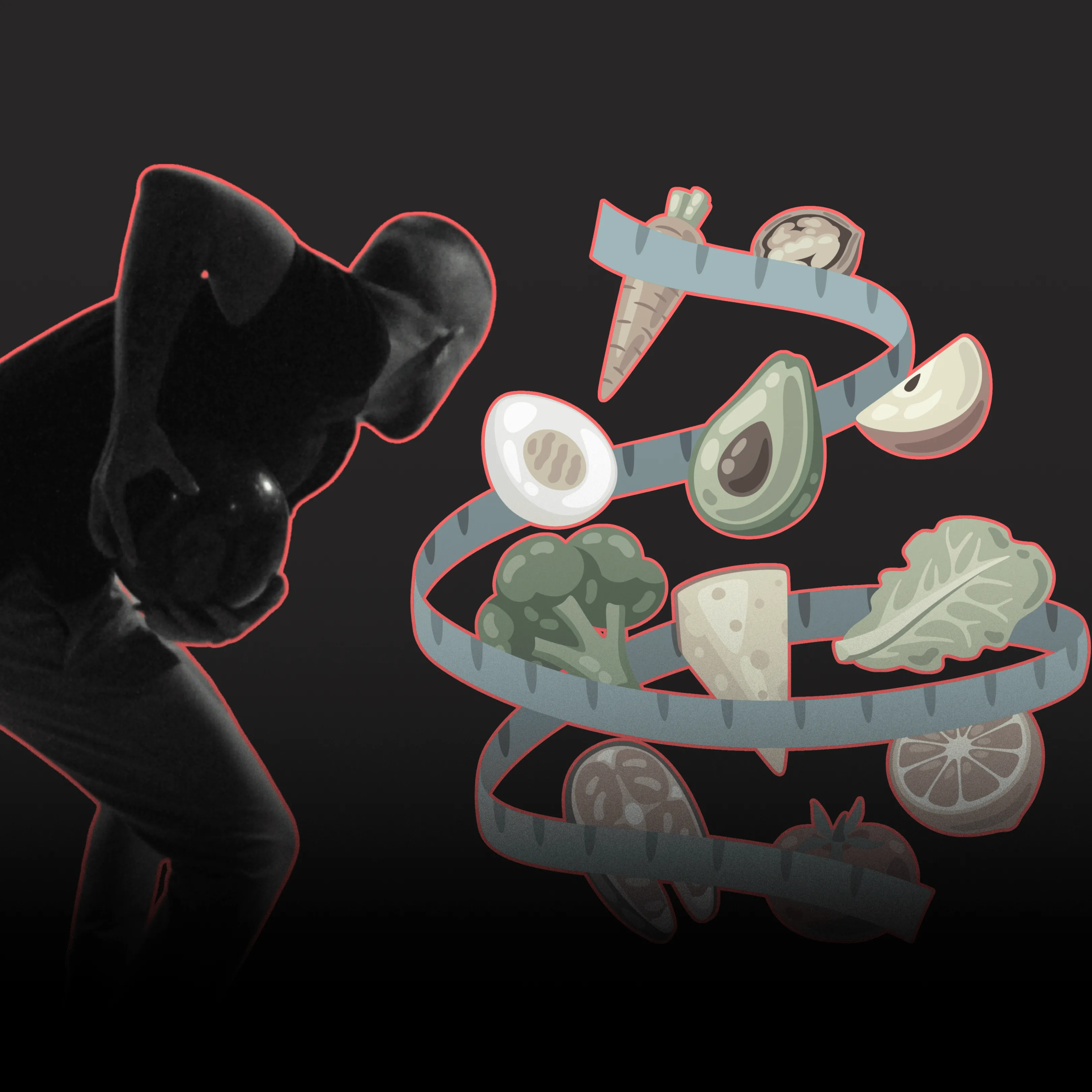You can’t strike if you’re stiff. Whether it’s your elbow flaring up mid-set, your back locking up after five games, or your slide leg begging for a break — every bowler knows that feeling when the body starts to push back. The more you bowl, the more it adds up.
Pff, recovery shmecovery... That’s only for the weak. Sadly — no. If you want to bowl more, bowl better, and stay pain-free longer, you need to take care of the machine that throws the ball — your body. Doesn’t matter if you see yourself as a Porsche 911 GT3 RS or a Fiat Multipla.

This article breaks down the best recovery tools for bowlers — what they do, why they matter, and which ones are worth the space in your bag. Whether you’re fighting soreness, rehabbing nagging pain, or just trying to bounce back faster between tournaments, here’s what you need to know.
All recommendations are supported by sports science research and practical use cases in bowling.
Why Recovery Matters in Bowling
Bowling places repeated stress on specific parts of the body — most notably the shoulder, lower back, forearm, wrist, and knees. Over time, this leads to muscular fatigue, inflammation, and in some cases, chronic pain or injury.
According to sports recovery research, incorporating recovery techniques like massage, compression, stretching, and mobility work improves circulation, reduces inflammation, and accelerates tissue repair after physical activity [1].
For bowlers, consistent recovery means:
- Less soreness between sessions
- Faster return to peak performance
- Lower risk of overuse injuries like bowler's elbow or bowler's thumb
- Improved mobility and flexibility
- Longer bowling
Best Recovery Tools for Bowlers
Here are the top tools bowlers can use to support muscle recovery and long-term joint health — both at home and at the alley.
1. Massage Guns: Deep Tissue Relief on Demand
Massage guns deliver rapid percussive pulses into the muscles, mimicking deep tissue massage. They help increase blood flow, release muscle tension, and support recovery after high-volume play.
They’re especially effective for the forearm, upper back, calves, and quads, all of which can tighten up after long sessions.
Recommended: TheraGun Mini – Deep Tissue Massage Gun Top-tier device with adjustable speeds, ergonomic design, and interchangeable heads. Trusted by professional athletes for daily recovery. Plus, it's very compact!
2. Foam Rollers: Loosen Up the Hips and Back
Foam rollers provide self-myofascial release, helping break up adhesions and improve range of motion. Research shows that foam rolling can effectively reduce soreness and improve short-term flexibility and performance when used consistently after training [2]. For bowlers, targeting areas like the glutes, hamstrings, and lower back can ease tension caused by sliding mechanics and trunk rotation.
Recommended: 321 STRONG Foam Roller Compact, durable, and designed to simulate the hands of a massage therapist.

3. Compression Sleeves and Wraps
Compression sleeves help reduce swelling and improve blood flow in overworked joints and muscles. Bowlers dealing with elbow, knee, or wrist discomfort can benefit from wearing compression gear after play or during recovery days.
Recommended: Incrediwear Knee Sleeve Provides medical-grade compression without restricting movement. Popular among athletes with chronic joint issues.
4. Hot and Cold Therapy
Heat helps loosen tight muscles and promote circulation, while ice reduces inflammation and pain after activity. Alternating between the two is an effective recovery method.
Recommended: TheraICE Reusable Gel Cold Pack Ideal for elbows, knees, or back pain. Can be frozen or microwaved.
5. Stretching Aids
Bowlers often neglect stretching, but it’s essential for preventing tightness in the hip flexors, hamstrings, shoulders, and wrists. Using stretching straps or blocks can improve flexibility and reduce risk of strain.
Recommended: Stretching Strap for Physical Therapy Lightweight and portable, with numbered loops for controlled stretching.
6. Hand and Forearm Recovery Tools
Overuse injuries like bowler’s elbow or wrist tendonitis are common. Targeted tools can relieve forearm tension and improve grip recovery.
Recommended: Roleo Arm and Hand Massager
Developed for athletes, this tool allows you to apply targeted pressure to the forearms and biceps with precision.

How and When to Use Recovery Tools
- Immediately after bowling: Light stretching, cold therapy, or compression
- Later that day: Massage gun, foam roller, or warm bath
- The day after: Light mobility work, targeted massage, or compression gear during rest
- Ongoing: Use stretching tools, forearm rollers, and massage aids between sessions to stay loose and prevent chronic issues
For best results, integrate recovery tools into your weekly routine, not just after pain sets in.
Final Thoughts
Bowling is a skill sport — but your body still takes hits every time you step on the approach. If you want to stay sharp, stay in the game, and stay off the injury list, recovery isn’t optional — it’s part of the plan. The right tools can absolutely help you bowl better, longer, but no tool can replace your dedication and understanding of how important recovery is. Use your brain.
Don’t wait until your body breaks down to start caring for it. Build recovery into your routine — or be ready to watch from the sidelines.
Sources
- Dupuy O, et al. (2018). Effect of recovery techniques on performance, immune system, and hormonal response. Frontiers in Physiology, 9, 403.
- Wiewelhove T, et al. (2016). A meta-analysis on the effects of foam rolling on performance and recovery. Sports Medicine, 46(12), 1833–1849.
Affiliate Disclosure: This article contains affiliate links. If you make a purchase through these links, BowlingLife may earn a small commission at no additional cost to you. This helps support our platform and allows us to continue producing helpful content for the bowling community.
FAQ
Which recovery tools are best for sore bowling arms or elbows?
Massage guns and forearm rollers are ideal for relieving tightness and promoting circulation. Compression sleeves and ice packs also help reduce inflammation.
Can using recovery tools prevent injury?
Yes. By reducing muscle tension, improving flexibility, and supporting circulation, these tools can lower the risk of overuse injuries common in bowling.
How often should I use a massage gun or foam roller?
2–3 times per week is a good starting point. Daily use is safe for most people as long as pressure and duration are moderate.
Do I still need rest if I use recovery tools?
Absolutely. Recovery tools support the process, but they don’t replace sleep or rest days — both are essential for tissue repair and long-term performance.
